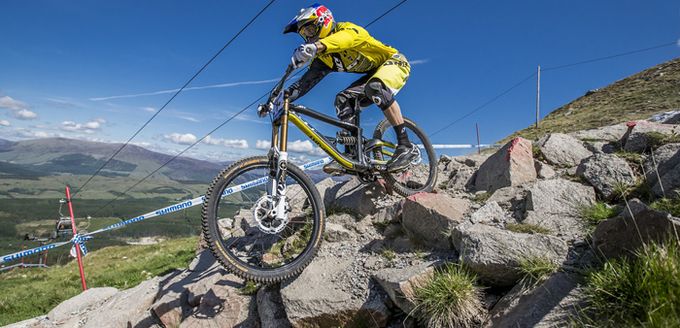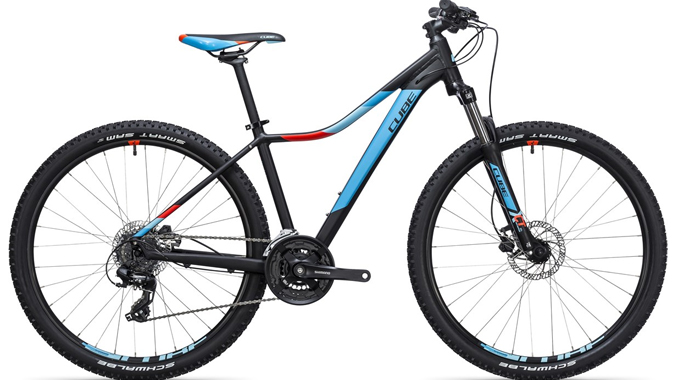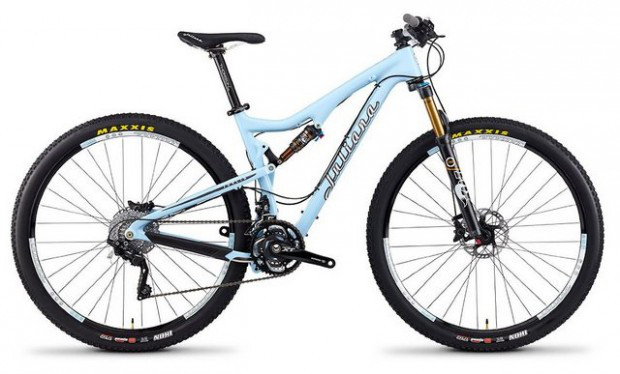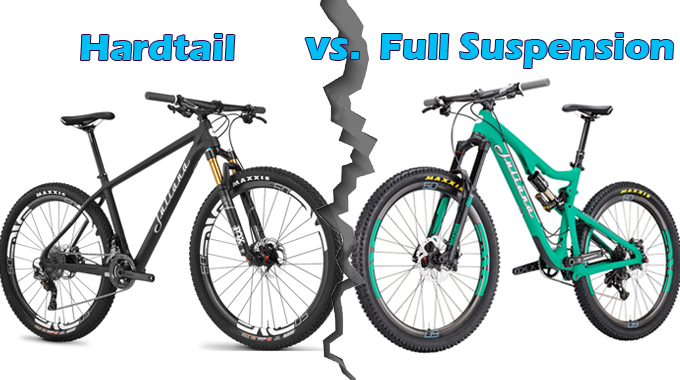Why Choose a Hardtail?

Hardtail mountain bikes are a lot like Marmite: You either love them, or you hate them. The short and skinny is that a hardtail bike is really just that, it’s a bike with a hard tail. Impact absorbing suspension is only fitted to the front of the bike, while the rear end is fixed. You can read more about hardtail MTB’s and how to buy them here.
Mechanically simpler
With no pivots, rear shocks and additional mounts, a hardtail bike has a lot less to go wrong with it mechanically. Because there’s a lot less fitted onto the bike, “operation post-ride clean up” is a lot quicker too.
All of this means that you spend more time riding, and less time on repair and maintenance, and even set-up time.
Cheaper
At any price point, you’ll get better components and frame for your money with a hardtail, because the manufacturer doesn’t have to pay for the extra cost of a pivoting rear end and a rear shock.
8 of the Best women’s hardtails for under £1,000
Lighter
That whole rear shock system all unavoidably adds weight to a bike. Manufacturers try and compensate with better, lighter materials, but that just inflates the cost more. If having a light bike is important because you want to be the first up the hill, for example, then a hardtail is the way to go.
See what’s new from Saracen and Genesis for 2017
Challenging Fun
Riding the trails is a lot less comfortable on a hardtail because you don’t have that cushy rear suspension dampening out the terrain. It’s for this reason that when you bomb it down the track and make it to the bottom, you feel a greater sense of achievement.
Having a hardtail bike also gets you thinking and planning your line a lot further in advance. Making efficient line choices can be crucial in making those marginal gains in speed and time, and without the safety net of a rear shock to help you along, a hardtail will keep you on your toes.






